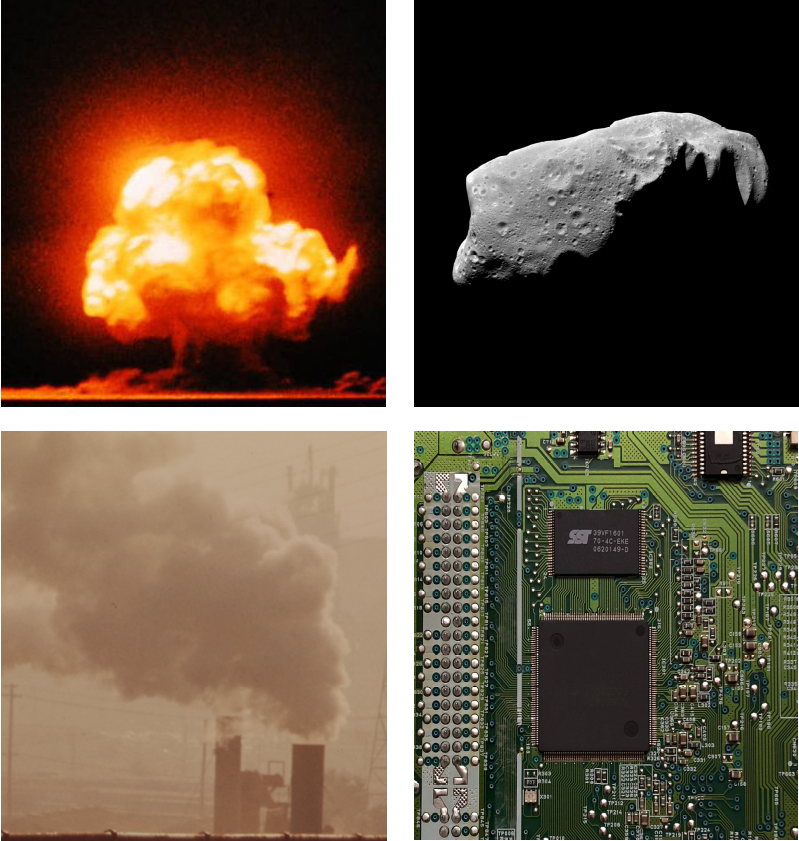
View the paper “Global Catastrophes: The Most Extreme Risks”
The most extreme risk are those that threaten the entirety of human civilization, known as global catastrophic risks. The very extreme nature of global catastrophes makes them both challenging to analyze and important to address. They are challenging to analyze because they are largely unprecedented and because they involve the entire global human system. They are important to address because they threaten everyone around the world and future generations. Global catastrophic risks also pose some deep dilemmas. One dilemma occurs when actions to reduce global catastrophic risk could harm society in other ways, as in the case of geoengineering to reduce catastrophic climate change risk. Another dilemma occurs when reducing one global catastrophic risk could increase another, as in the case of nuclear power reducing climate change risk while increasing risks from nuclear weapons. The complex, interrelated nature of global catastrophic risk suggests a research agenda in which the full space of risks are assessed in an integrated fashion in consideration of the deep dilemmas and other challenges they pose. Such an agenda can help identify the best ways to manage these most extreme risks and keep human civilization safe.
Academic citation:
Baum, Seth D. and Anthony M. Barrett, 2018. Global catastrophes: The most extreme risks. In Vicki Bier (editor), Risk in Extreme Environments: Preparing, Avoiding, Mitigating, and Managing. New York: Routledge, pages 174-184.
Image credits:
Nuclear explosion: United States Department of Energy
Asteroid: NASA
Computer chip: Aler Kiv
This blog post was published on 28 July 2020 as part of a website overhaul and backdated to reflect the time of the publication of the work referenced here.







